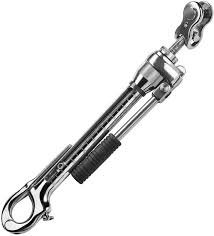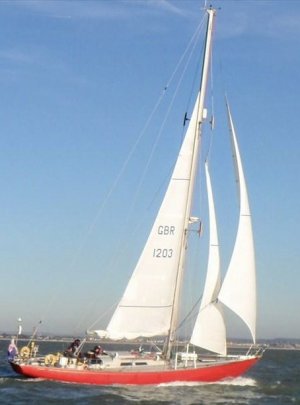BabaYaga
Well-Known Member
See link in post #9. Unclear to me why it would have to be so much more expensive exported to the UK.We have one but I didn’t pay anywhere near that much for it! Apologies but I also can’t remember where I got it from which doesn’t help the OP.



